Four years after it was initiated, NASA’s 3D-Printed Habitat Challenge has now come to a close. The competition ended with the $500,000 design award going to AI Space factory’s concept for a habitat on Mars called MARSHA. The architecture and technology company based in New York went up against Pennsylvania State University to win the award. Penn State University didn’t go home a loser — far from it, they were awarded $200,000 for the second-best off-world habitat.
The 3D-printed Habitat Challenge was divided in three parts. The first stage was the design, where teams had to render the architecture of the habitats they wished to build, completed in 2015. Next, a structural member competition was completed in 2017, where teams focussed on material aspects of the habitat design. Finally, 3-D printed scaled versions of the on-site habitat designs were built.
We are kicking off the final competition of the 3D-Printed Habitat Challenge. Two teams are competing head to head for guts, glory and gold. @penn_state and @AISpaceFactory have 3 days to print their habs before we test them to failure. More: https://t.co/GUvssn05Ia pic.twitter.com/hoinw7I8h4
— NASA Prizes, Challenges, and Crowdsourcing (@NASAPrize) May 1, 2019
3D printing habitats on Mars
In the last leg, the competitors worked for 30 hours , over a period of four days, to print their designs. Constructed in 10-hour increments in front of a panel of judges, they were printed with minimal human intervention and carried out with robotic help. The structures were then subjected to a series of tests to test their durability, strength and if they are leak proof. They also evaluated the materials used and the technique.
Team @AISpaceFactory has started on their walls. @NASAPrize @CaterpillarInc #additiveconstruction pic.twitter.com/RgXLc4L02U
— Ademir Vrolijk (@AdemirVrolijk) May 1, 2019
“It’s light, and it’s strong, like an airplane. That’s going to be very important for these types of habitats,” Lex Akers, Dean of the Caterpillar College of Engineering and Technology at Bradley University, said in a statement .
MARSHA’s Features
MARSHA has some unique features. It is made from basalt fibre found on Mars that makes the construction economic. This is possible by a technology called in-situ resource utilization (ISRU). The cost of the project, if the material has to imported from Earth, will be astronomical. It is also biodegradable and recyclable.
The vertical structure, as compared to the other dome-like shapes, will be better suited to the atmospheric pressure of Mars. It will also limit the movement of the robot when printing is in process.
MARSHA has a double-shell and it will make the structure more liveable. The basalt fibre is a good insulator and will maintain the interior temperature against the constantly changing temperatures.
Such technologies will enable more sustainable and autonomous exploration missions. NASA will send robots to dig up the landscape so that the printers will have sufficient material to work with. This will be in preparation of the arrivals of the human missions.
Terra-firma
AI Spacefactory now wants to use their designs for Earth as well. Named TERA, their project has “the potential to transform the way we build on Earth,” David Malott, CEO and Founder of AI SpaceFactory, said in a statement .
TERA is rendered in the same image and likeness as MARSHA. It will reportedly be made using material recycled from MARSHA. It is eco-friendly and will also be 3D printed. They plan to build these houses near New York City.


)




)
)
)
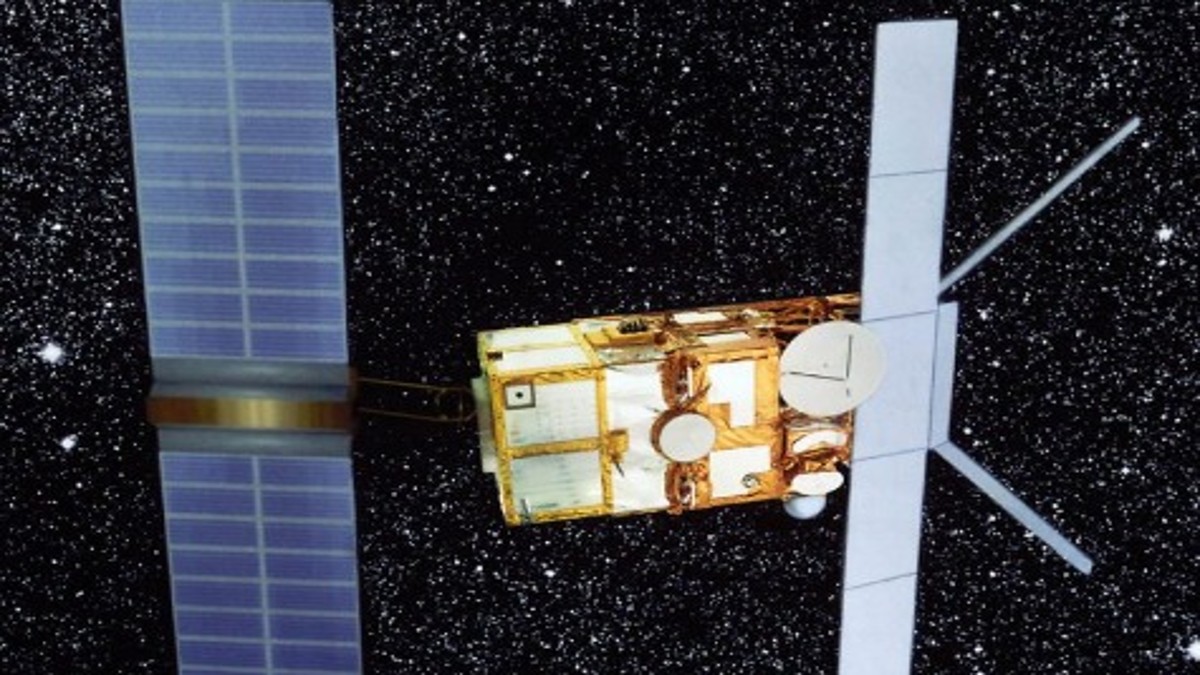)
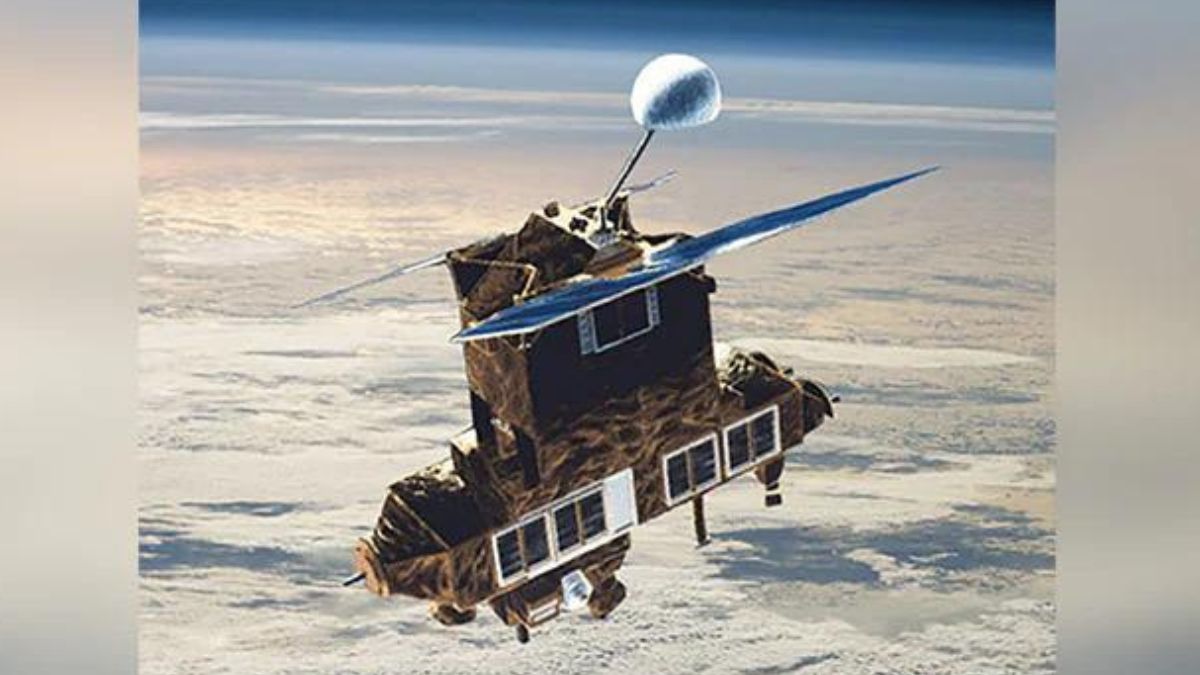)
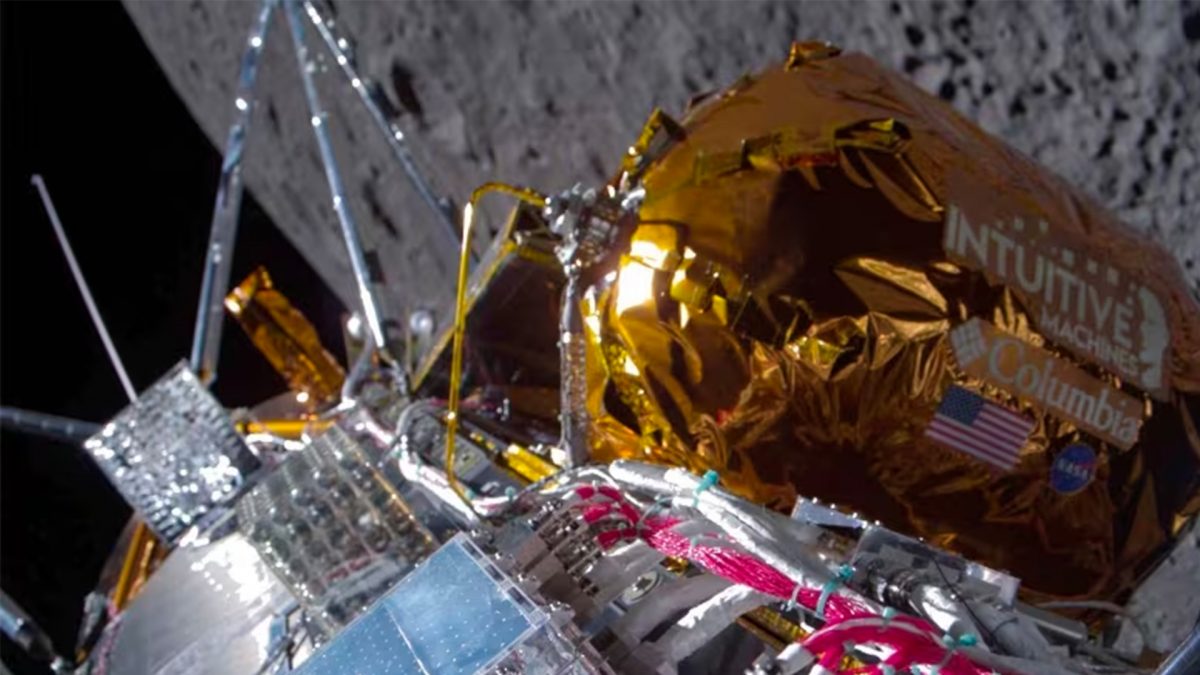)
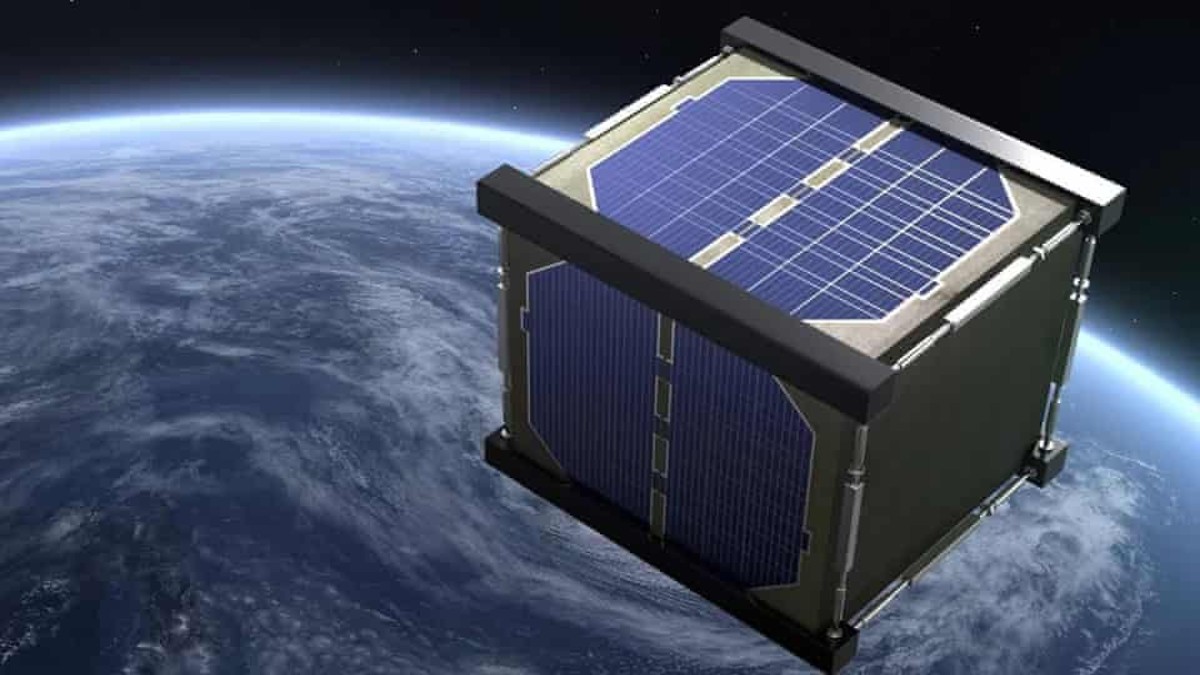)
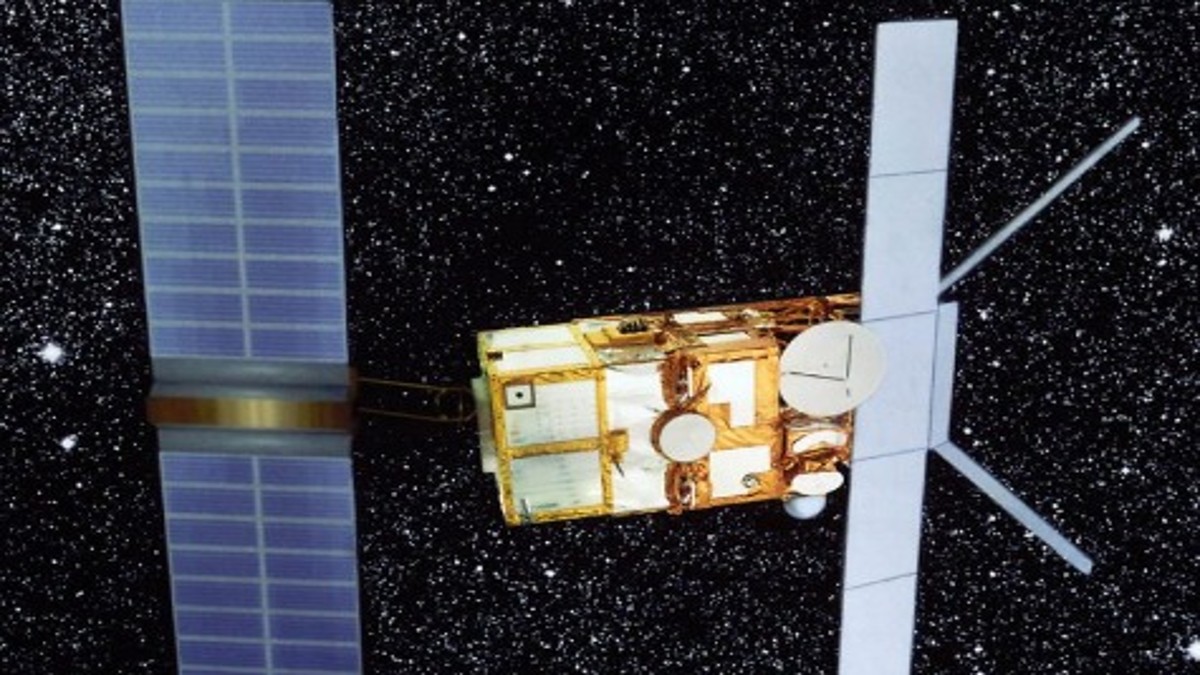)